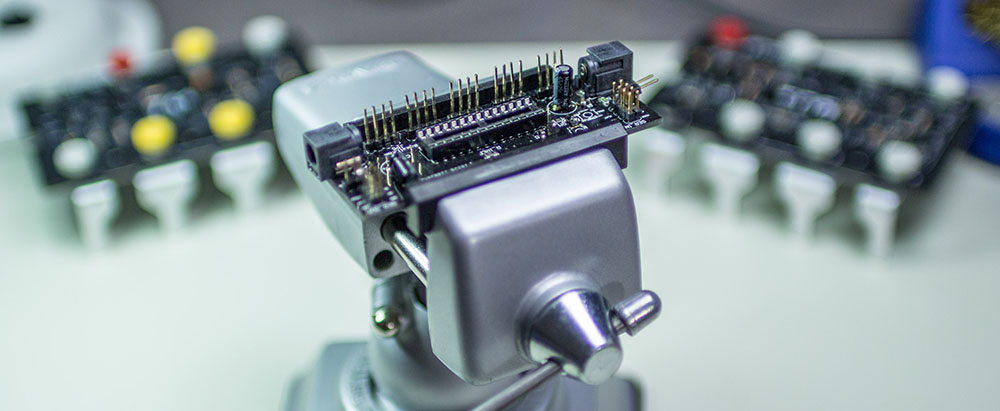Often I hear this question: “how can I get better solder joints?” Without looking at anything they are doing, I already know that they could be using more flux. Or, as I point out in this video, perhaps the correct type of flux!
Flux removes oxide layers, gets contaminants out of the way, and makes for better solder joints. But there are so many different types of flux and even more ways to apply it.
This video goes over the different types of Rosin (R, RA, RMA), Resin, Organic, and Inorganic flux. Then it shows what kind of residue gets left over. And explains why “NO Clean Flux” actually needs to be cleaned (in most cases).
What is No Clean Flux?
In the video, I make the bold statement that “no clean” is not a type of flux. I know some people will take issue with that. However, based on the IPC chart for flux bases, “no clean” is not one of them. And if you look through datasheets, you’ll find lots of variations of what manufacturers call “no clean.”
From what I can tell, “No Clean” flux is generally a Non-activated or mildly activated Rosin or Resin type. The remaining residue is non-conductive and non-corrosive. So by that general definition, many fluxes can be marketed as “No Clean.”


